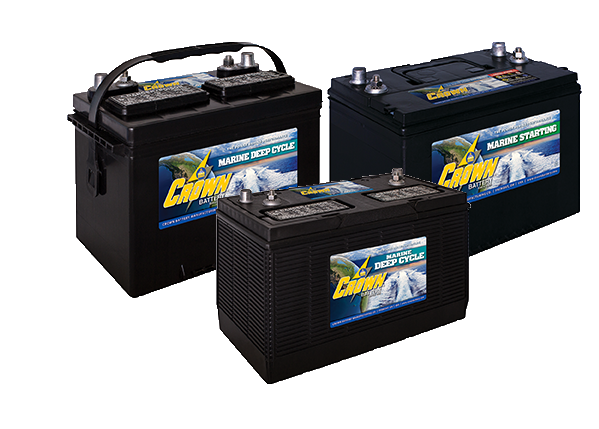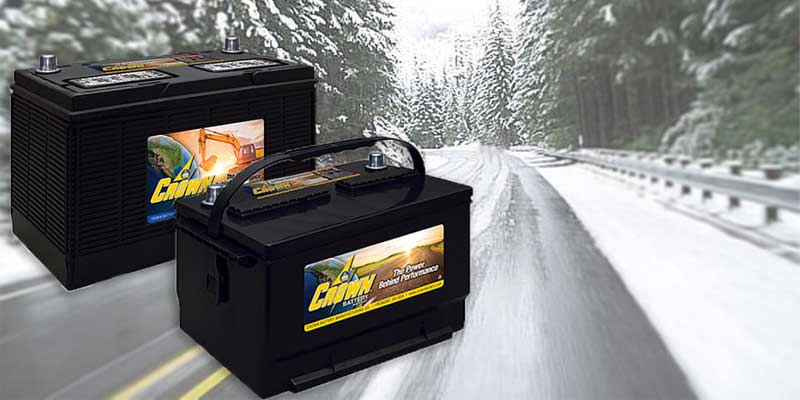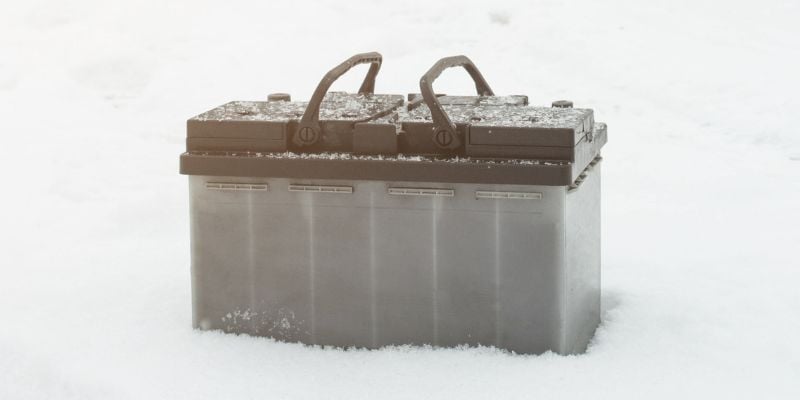Nobody wants to start the spring boating season with a dead battery. It’s time-consuming and expensive – and let’s face it, you’d rather spend that time on the water. One of the best things you can do for your battery is to ensure it is properly stored during the coldest months of the year. Correct battery winter storage can be the difference come springtime!
Winter battery storage checklist
Just like with any battery, you must perform regular maintenance. This includes watering and removing corrosion. For maintenance tips and instructions, check out our Safety First Guide. Then, follow this simple checklist to winterize your boat batteries – and be sure they’re ready for a great spring startup:
1. Final Charge
Charge the batteries one final time. Charging ensures they’ll completely recharge next season, greatly reducing the risk of a frozen battery over the winter season.
2. Disconnect Negative Cable
Disconnect the negative cable and wait a few hours before checking the specific gravity or voltage.
3. Check Gravity/Voltage
With your hydrometer, check each cell; the specific gravity should be 1.265 - 1.285. (Alternately, you can check batteries with a voltmeter – 12.6V is the reading for charged batteries.)
4. Disconnect Terminals
Disconnect the terminals to remove all electrical loads from your batteries. Electronics have parasitic (“vampire”) loads – small power draws – even if they’re “off.” This slow drain, combined with battery self-discharge, is enough to damage batteries in the off-season.
5. Remove batteries & STORE
After removing the batteries, store them in a cool, dry place where they won’t freeze. (On wood surfaces, in garages or storage facilities, is recommended.)
To make charging easier, store batteries where they’re easy to access.
6. Use the correct charger
Confirm that your charger is designed for your battery type. Flooded and AGM batteries frequently demand different chargers and algorithms. (Note: Smart chargers can help ensure batteries don’t overcharge.)
7. Charge Monthly
Ideally, trickle-charge batteries or charge them monthly. This prevents self-discharge and extends lifespan. Batteries with a full charge are also less prone to freezing.
Worried your battery is failing?
Ask your battery service center, technician, or dealer about load testing. Your battery manual may also offer strategies for load testing and other battery inspection procedures.











